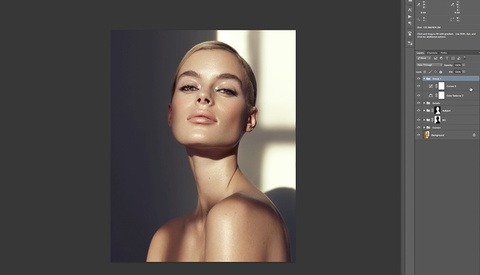How to Create a Fun Bokeh Effect Using Photoshop
Half the fun of having a professional wide-aperture telephoto lens married to a DSLR or mirrorless camera is all you can do with bokeh. However, if you don't have such a lens or want to have some fun with a past shot, this tutorial shows you how to easily add a bokeh effect using Photoshop.

































